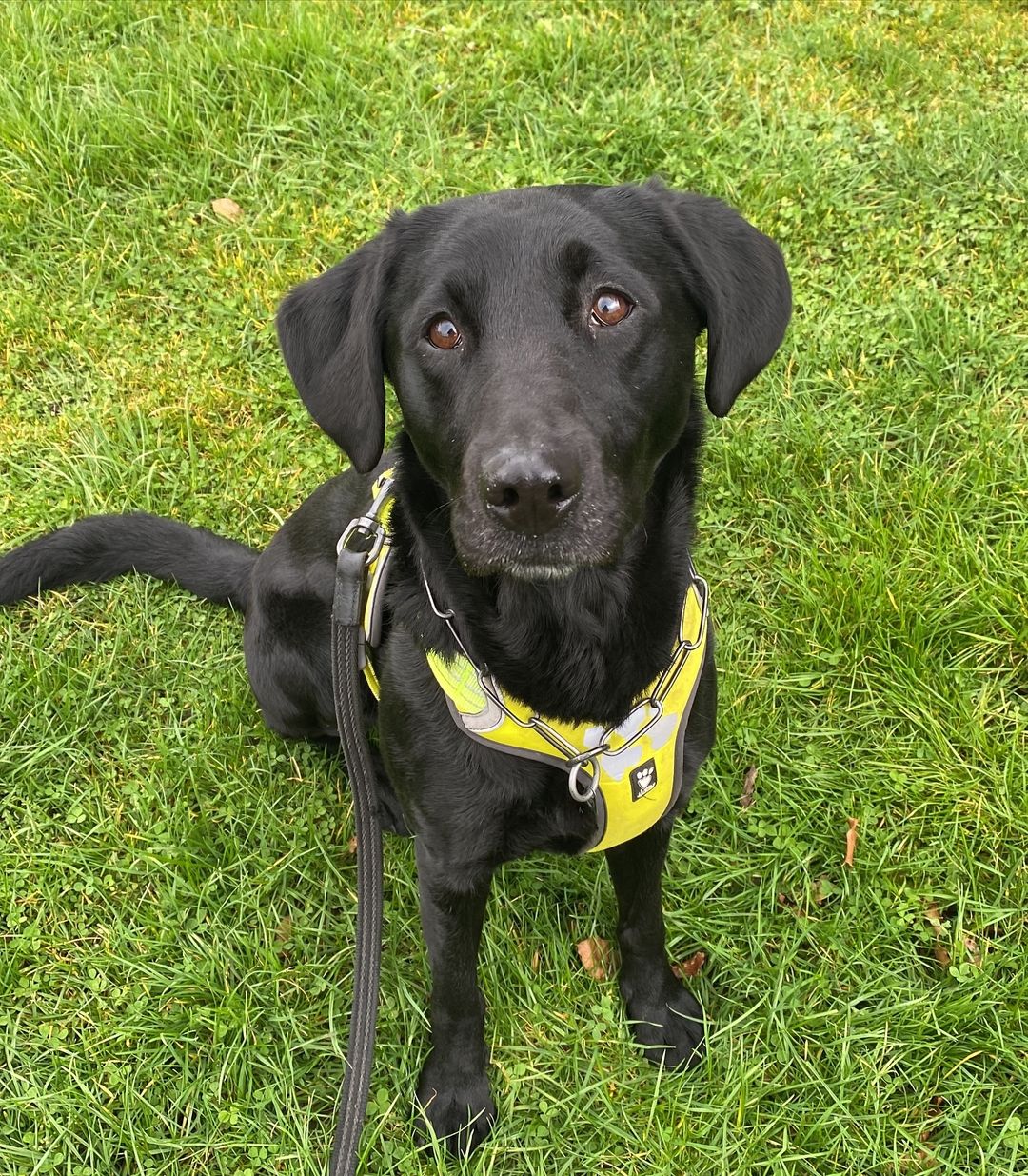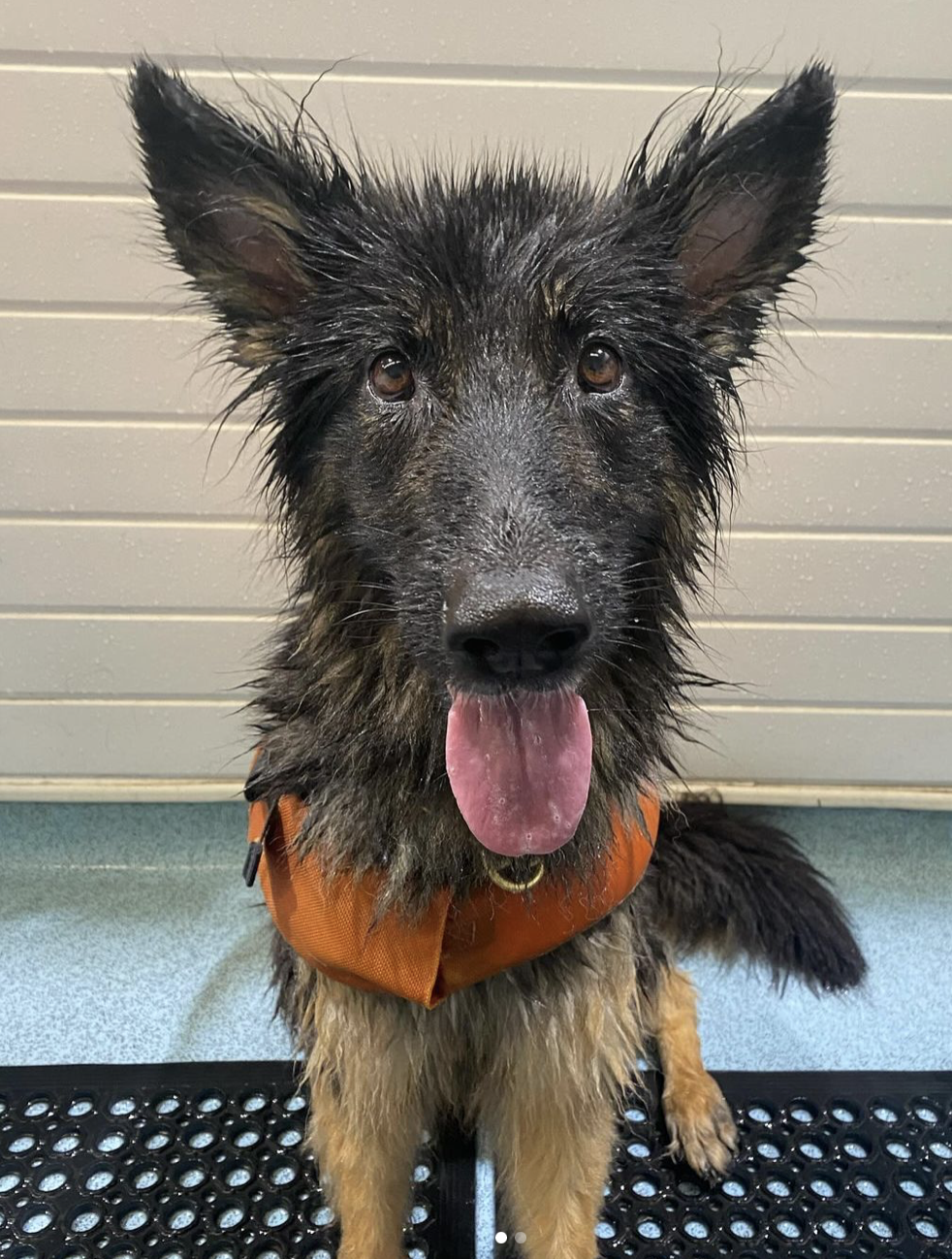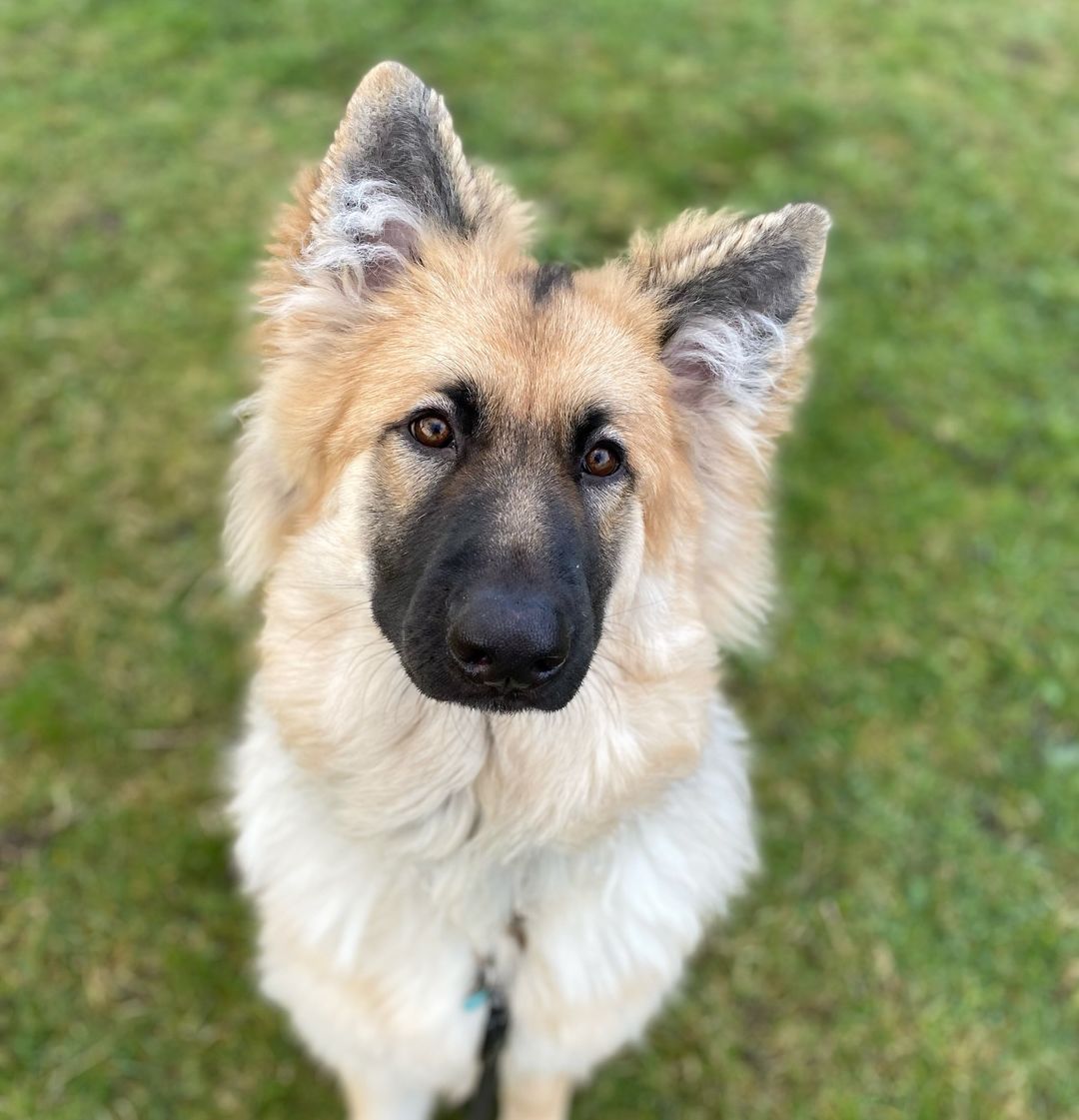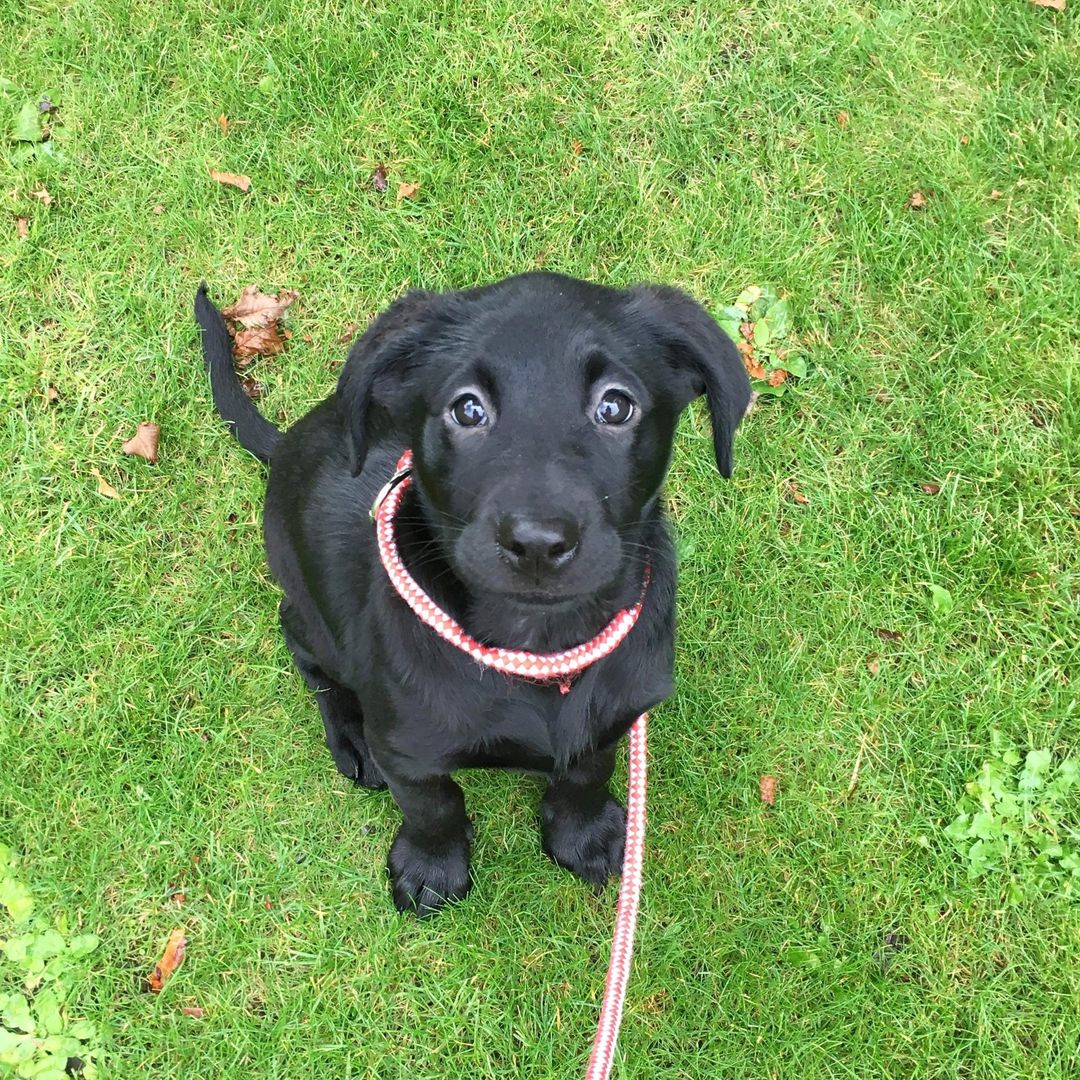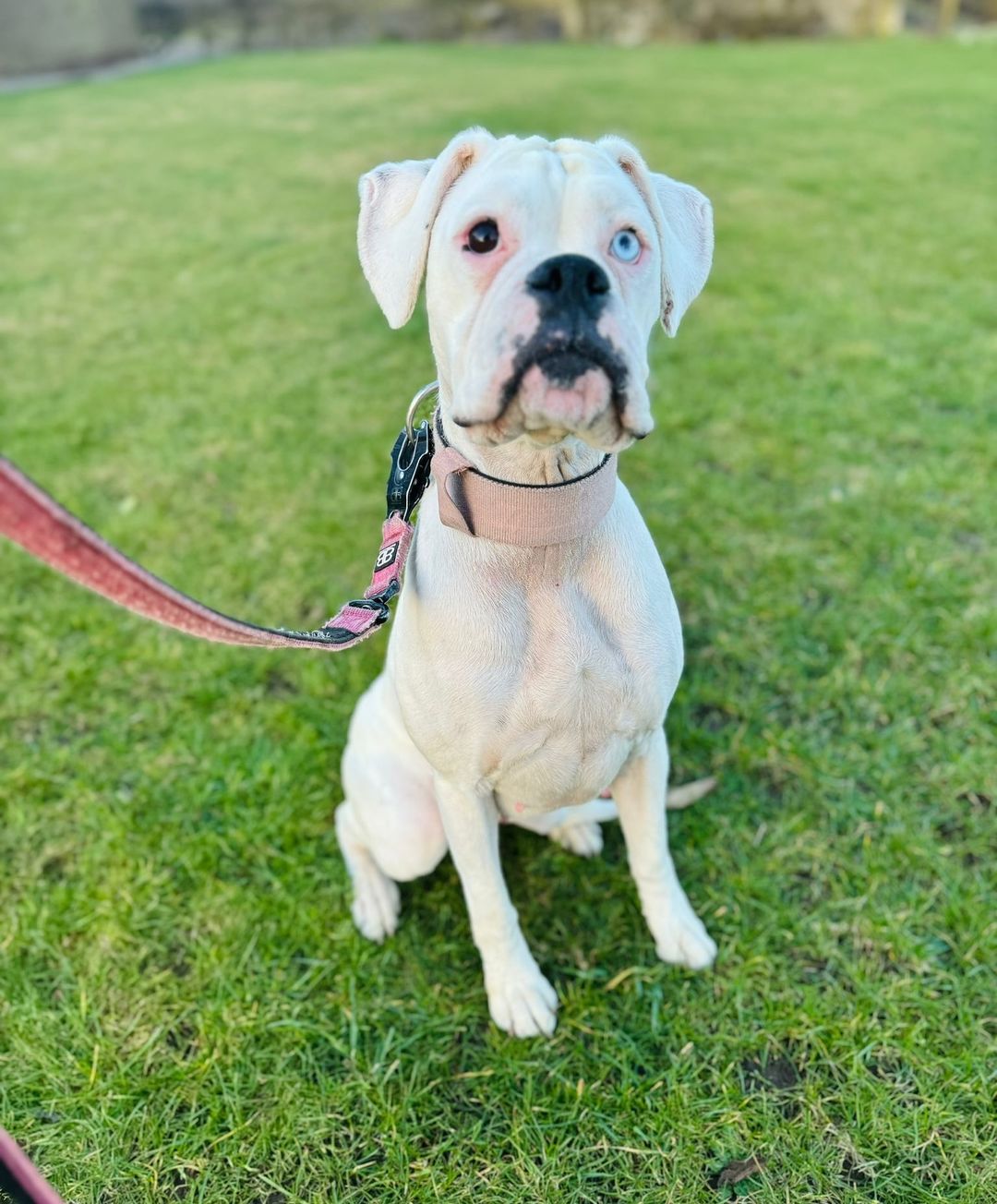With so many options and alternatives out there it can be difficult to decide what is relevant, and what isn't.
Although no piece of equipment will train the dog for you, using the right pieces of equipment will certainly help you along the way. It’s important to have access to different pieces of equipment, try not to worry too much about having everything but the kitchen sink with you. In this blog post we will take a look at what the essentials are, and the equipment we certainly don’t recommend as trainers.
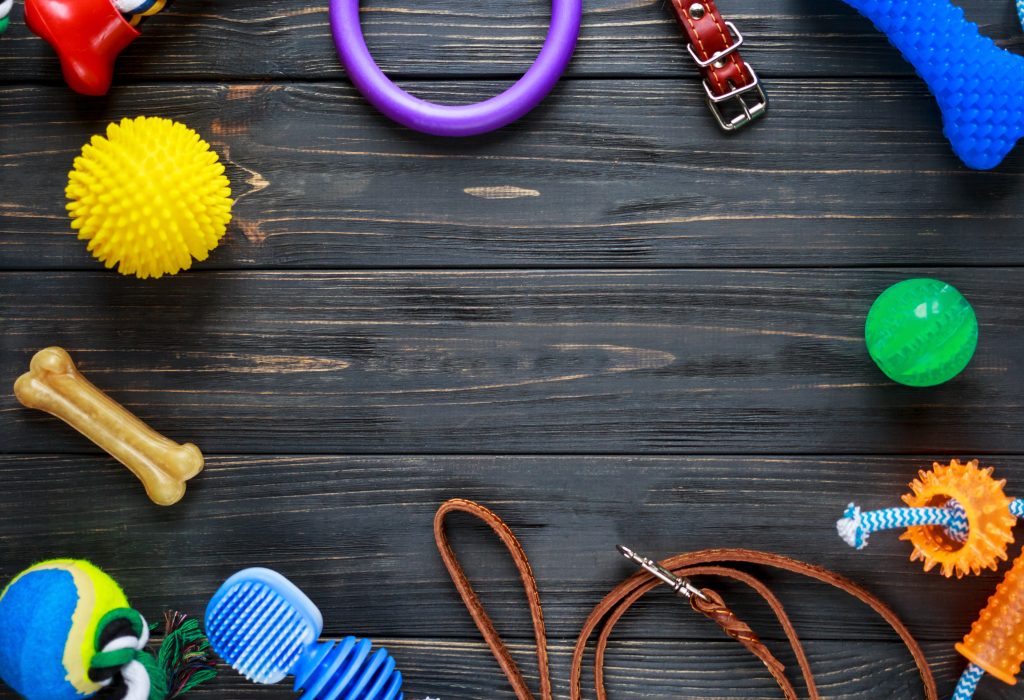
Crates
The list of benefits of crate training is endless. For us, crates are a great way to separate and manage a busy multi-dog household. We have 4 dogs of varying levels of energy and numerous guests of varying levels of sociability at any one time. Some of our dogs need privacy to eat; some of our dogs are boisterous in the house. Crates prevent puppies from chewing & toileting in the house; crates provide a safe, cosy space for the anxious dog. We couldn’t cope without crates!
Leashes
This one sounds obvious, but you only need to go on a walk to see how many people clearly don’t value a leash…. Our dogs are able to go off-lead almost all of the time, but you must have control of your dog in places like car parks. If you have a dog who is learning recall, a long line can be the ideal bridge between on-leash control and off-leash freedom. Also, leashing your dog when you see another dog approaching sends a signal to the owner that you don’t want to interact. Finally (this one is less obvious), leashes are a great way to improve house-training without a crate. They can be used to stop counter-surfing, to stop sneaky toileting in corners of the room and to stop jumping on guests.
Muzzles
Not every dog needs a muzzle, but every dog should be muzzle trained. Not many are though – we’re guilty of not yet muzzle training Ava! We’ve seen dogs act totally differently when in pain – muzzles aren’t just for dogs who are aggressive to other dogs. A vet may need to handle your dog one day when they are very uncomfortable; we should all aim to make that unlikely event as easy as possible. Muzzles are useful for chronic scroungers – some dogs will never be able to resist discarded food that they see on the ground. The world is a dangerous place full of thoughtless individuals – not only do dogs probably not benefit from the food they find on their walks from a nutritional point of view, but it could even harm them. We’ve even known dogs to eat broken glass, sharp metals, or stones!
High-value rewards
Dogs deserve to be paid for their work, and we recommend building as strong a relationship as possible with your dog in the form of an excellent teaching & communication system and utilising their preferences & genetics. You can increase food or toy drive, but don’t flog a dead horse. If your dog is very driven for food but only mildly driven for toys, use food rewards when you’re asking a lot from them. If your dog is mad for a ball and will only take food rewards if they’re hungry, use cooperative play to have a good time. A dog works on motivation; some breeds & some individuals need to be shown why they should do something!
(Regarding building food drive, the quickest way to do this is to start using your dog’s meals
for food.)
Crash-proof vehicle crates
These are admittedly harder to buy because they’re vehicle-dependent & relatively expensive, but we shouldn’t be driving our dogs around in the boot of or on the back seat of a car. Accidents happen and your dog’s safety is of paramount importance. Investing in a crate will ensure your dogs are protected in the event of a road accident.
Other worth while mentions
Pet Insurance
Dishwasher-friendly food pouches & food enrichment toys
Balls on rope (more interactive than a ball without a handle)
A few Tupperware boxes to use for transporting & storing meals
A portable fan for hot days
A freezer for storing raw meat
Old bedding for crates (providing your dog doesn’t destroy it!)
A retractable lead for toileting your dog in busy areas (e.g. the car park of a Travelodge)
A camera for the house – a useful way to see & hear what your dogs are up to
Equipment we don’t recommend
‘Puppy pads’ – an easy way to teach your puppy to toilet inside
Poor-quality dry food – your dog’s health will suffer even if your wallet doesn’t
Tennis balls – long-term use of these can wear down your dog’s teeth
Rawhide or plastic chews – unhealthy or even dangerous
Cooked or dried bones – harmful (can splinter inside your dog, unlike raw bone)
‘No-pull harnesses’ – don’t fall for marketing!
It is true that there is a piece of equipment for every individual dog and every possible scenario, but it’s important to understand that just because they sell it in a pet shop, it doesn’t mean that it’s worth having or using. The unfortunate reality is that most of the things they sell in your typical commercial stores are of poor quality and not what your dog trainer will be using for their own dogs, or their clients dogs.

